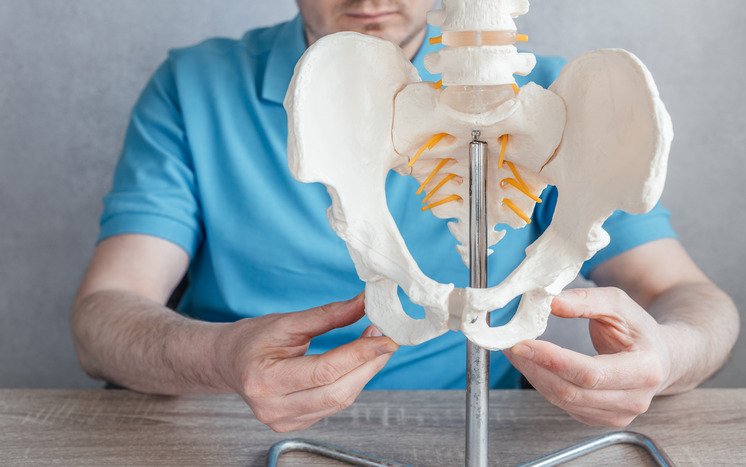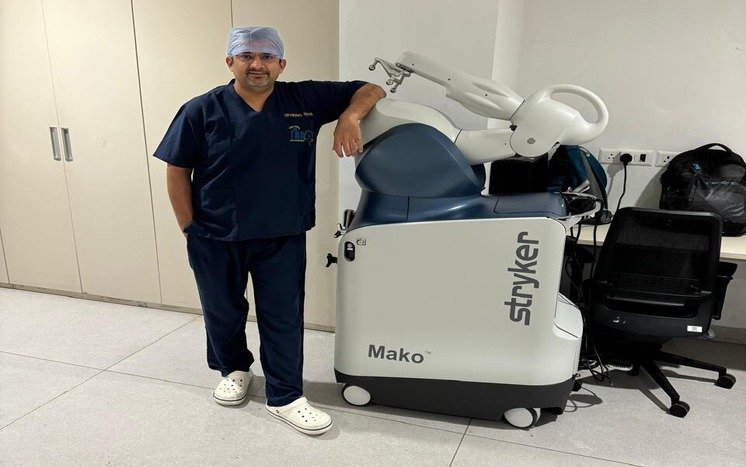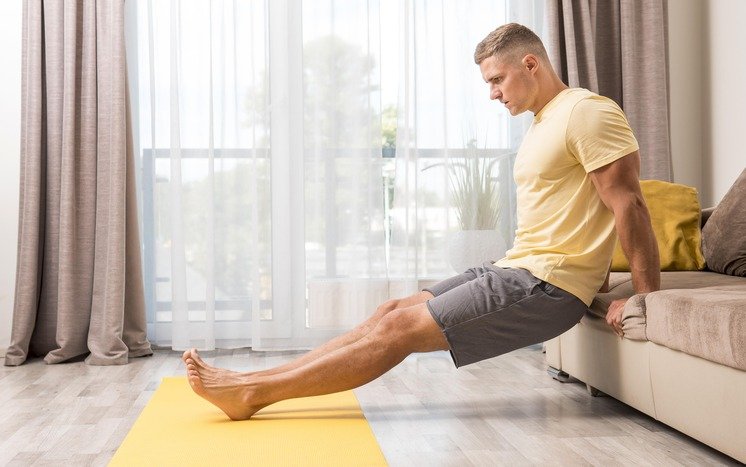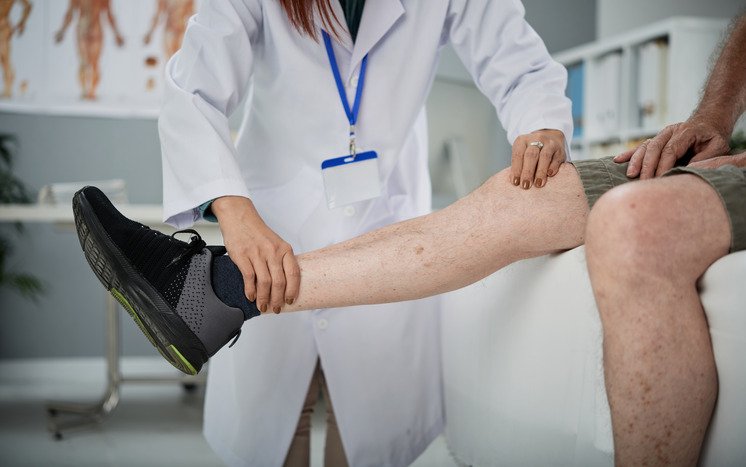
10:00am to 04:00pm (Mon to Sat) - Amrita Hospital, Faridabad
06:00pm to 08:00pm (Mon to Sat) - Arthrocare Clinic, Noida
10:00am to 04:00pm (Mon to Sat) - Amrita Hospital, Faridabad
06:00pm to 08:00pm (Mon to Sat) - Arthrocare Clinic, Noida
 December 19, 2023
December 19, 2023
Hip replacement surgery marks a significant milestone in your journey toward improved mobility and reduced pain. As you embark on the path of life after hip replacement, it’s essential to approach your recovery with care and diligence. This blog provides valuable tips to help you navigate this phase smoothly and make the most of your newfound freedom.
1. Follow Your Rehabilitation Plan:
Adhering to your rehabilitation plan is crucial for a successful recovery. Your healthcare team, including your surgeon and physical therapist, will provide specific exercises and guidelines to enhance your hip’s strength and flexibility. Consistency is key, so commit to follow your plan diligently.
2. Gradual Return to Daily Activities:
While it’s tempting to resume normal activities quickly, taking a gradual approach is essential. Follow your surgeon‘s recommendations regarding when you can engage in activities like driving, walking, and climbing stairs. Overexertion can impede your recovery, so pace yourself and listen to your body.
3. Maintain a Healthy Diet:
A well-balanced diet plays a vital role in the healing process. Ensure you’re getting adequate nutrients, especially those essential for bone health, such as calcium and vitamin D. A nutritious diet supports overall well-being and strengthens your bones and joints.
4. Stay Hydrated:
Proper hydration is often overlooked but is crucial for the healing process. Water supports joint lubrication and aids in overall bodily functions. Aim to drink enough water throughout the day, and consider incorporating hydrating foods like fruits and vegetables into your meals.
5. Build Strength Through Exercise:
As you progress in your recovery, focus on building strength through targeted exercises. Consult your physical therapist to develop a customized exercise routine that aligns with your recovery stage. Strengthening the muscles around your hip joint is essential for stability and mobility.
6. Mindful Movement and Body Mechanics:
Practice mindfulness in your movements to protect your newly replaced hip joint. Be aware of your body mechanics, avoid sudden movements, and be cautious of your posture. Learning proper body mechanics can prevent unnecessary joint stress and reduce the risk of injuries.
7. Regular Check-ups and Follow-ups:
Maintain regular check-ups with Dr. Mrinal Sharma to monitor your progress and address any concerns promptly. Follow-up appointments allow your medical team to assess your hip’s function, make necessary adjustments to your treatment plan, and provide guidance on ongoing care.
8. Manage Pain Effectively:
Pain management is a crucial aspect of the recovery process. Follow your prescribed pain medication schedule and communicate with your healthcare team if you experience any unusual discomfort. As recommended, incorporate non-pharmacological pain management techniques, such as ice packs or heat therapy.
9. Listen to Your Body:
Your body will provide signals about what feels comfortable and what might be too strenuous. Pay attention to these signals and avoid pushing yourself too hard. If an activity causes pain or discomfort, modify or discontinue it and consult with Dr. Mrinal Sharma.
10. Emotional Well-being:
Acknowledge and address the emotional aspects of your recovery. It’s normal to experience a range of emotions, from excitement to frustration. Stay connected with supportive friends and family, and consider joining a support group to share experiences and gain insights from others who have undergone hip replacement.
In conclusion, life after hip replacement is a journey that requires patience, commitment, and self-care. By following these tips and staying proactive in your recovery, you can optimize the benefits of your hip replacement surgery and enjoy a more active and fulfilling life. Remember, each person’s recovery is unique, so consult Dr. Mrinal Sharma for personalized guidance throughout this transformative process.
1. What is the fastest way to recover from a hip replacement?
The speed of recovery from a hip replacement can vary from person to person, but certain factors can contribute to a smoother and faster recovery:
2. Can life go back to normal after hip replacement?
Yes, life can indeed go back to a semblance of normalcy after a hip replacement. Many individuals experience significant improvements in mobility and a reduction in pain, allowing them to return to a more active lifestyle. However, following Dr. Mrinal Sharma’s advice is important, as exercising regularly and being mindful of activities that may put undue stress on the hip joint.
3. What can you never do again after a hip replacement?
While hip replacement surgery enhances mobility and functionality, some activities may need to be approached with caution or avoided altogether:
4. Does a hip replacement ever feel normal?
Over time, many individuals report that their hip replacement begins to feel more normal as they adapt to the changes and their body adjusts to the implant. While the sensation may not be exactly the same as before the surgery, the reduced pain and improved mobility contribute to an overall sense of normalcy. Engaging in regular activities, following rehabilitation guidelines, and maintaining a healthy lifestyle all contribute to normalizing life after a hip replacement. It’s important to communicate any concerns or discomfort with Dr. Mrinal Sharma, as they can provide guidance and address any issues that may arise during recovery.





© 2024 Dr. Mrinal Sharma | All rights reserved. Designed and Developed by DigiTrend